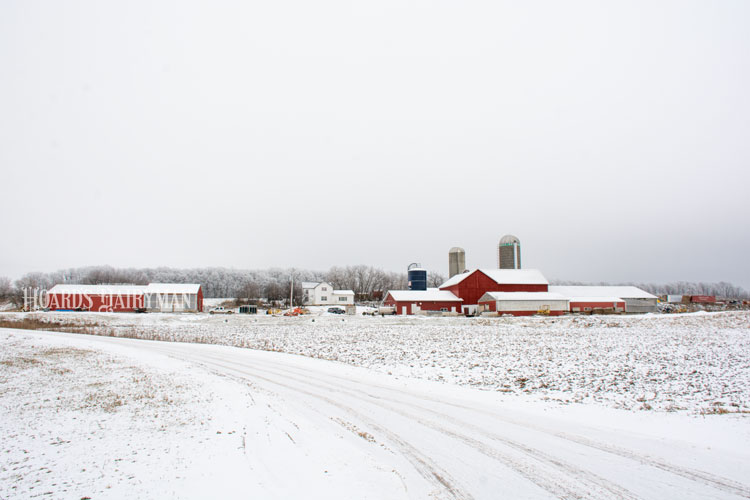
Winter has now made its fierce arrival in much of the country. Along with bringing bitter cold, many crop fields are blanketed with snow that will likely stick around for a while.
Snow and cold makes moving around a dairy farm to keep equipment in working order and animals comfortable more difficult, but out in the fields, it is protecting and improving the soil and plants for the growing year ahead.
A main function of significant snow cover is providing insulation for the soil and any roots growing in it, such as those of perennials or ground covers like cover crops. Preventing cold temperatures from reaching the soil helps avoid deep freezing as well as alternating freezing and thawing cycles, which can lead to heaving when the soil warms. Though it may seem contradictory, a snow cover also protects a plant’s aboveground portion from cold injury. That means better growth once the snow recedes.
Under a layer of snow that is at least 6 to 8 inches, a microclimate (the “subnivium”) develops where snow has trapped moisture and warmer air between the snow cover and the ground. This pocket is critical to wildlife survival during the winter and plant decomposition, both factors that encourage nutrient availability for the plants growing there or that will soon grow there.
Further, snow helps conserve soil moisture, reminds University of Nebraska-Lincoln Extension. A general comparison is that 10 inches of snow equates to 1 inch of rain, though that will depend on how heavy the snow is.
The moisture can be retained well since snow cover will help prevent evaporation, and it allows plant roots to continue developing through the winter. Of course, additional moisture will trickle down once melting begins. This is useful since spring warm up can dry out the soil if no snow is present.
Snow is not always a farmer’s friend, but in these ways, at least, it is contributing to better results in the spring, summer, and fall. May that be encouraging as you wait for things to green up!








